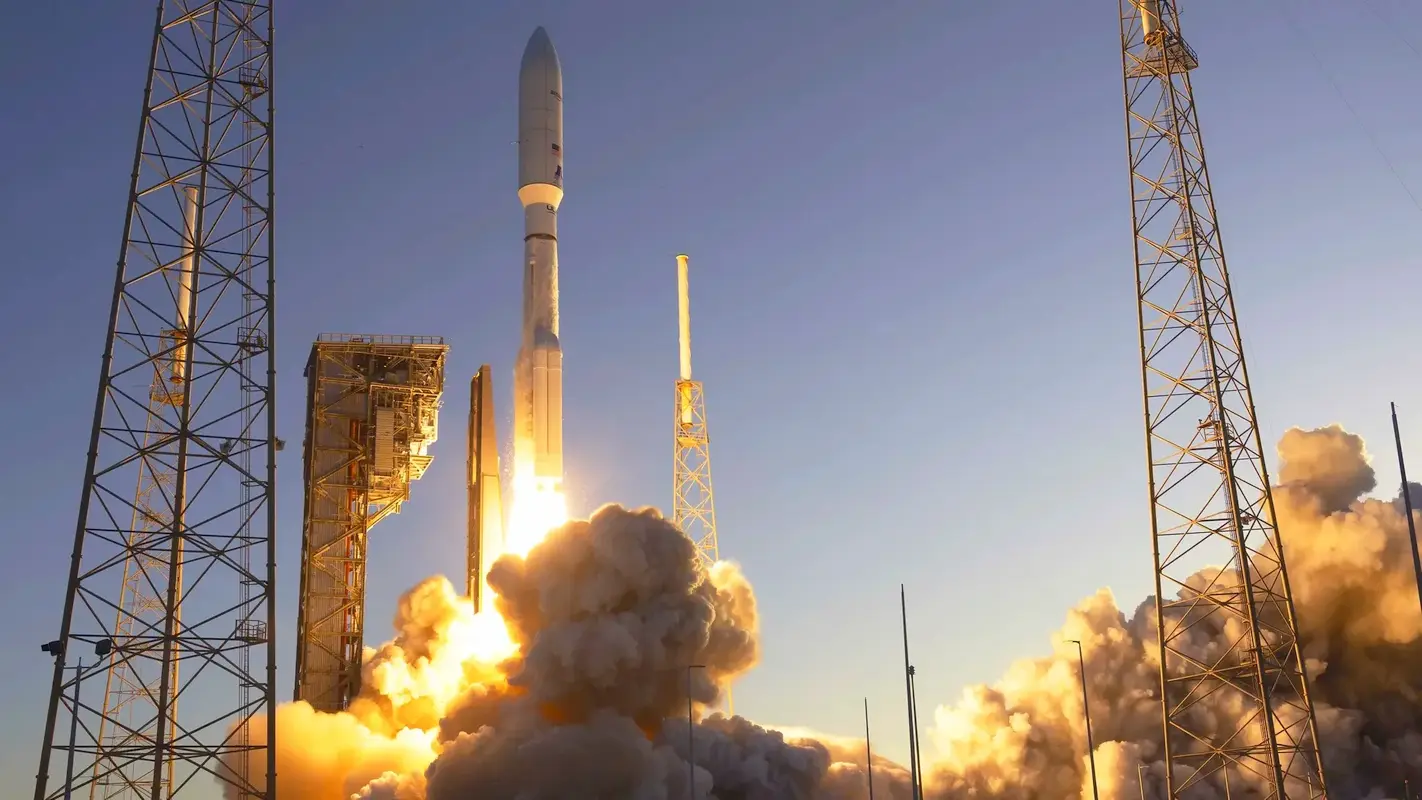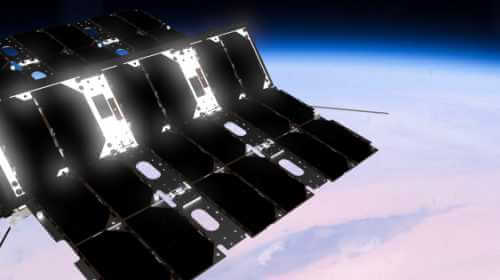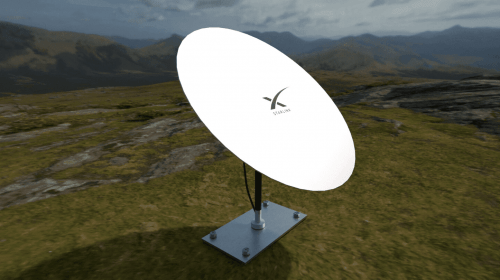Can Amazon Catch Up in the Space Internet Race?
Jun 26, 2025
On June 23, Project Kuiper, the Amazon broadband constellation, made a major step forward as the second operational set of satellites to provide the global internet service was launched on an Atlas 5 rocket. It was launched at 6:54 a.m. Eastern at Space Launch Complex 41 at Cape Canaveral Space Force Station, a key step in Amazon’s bid to bring satellite-based internet coverage to the entire globe. This was the second attempt at the original launch on June 16, which was aborted because of a booster problem that necessitated the vehicle being rolled back to the launch pad to be extensively repaired. Project Kuiper is the strategic move of Amazon into a highly competitive satellite-based internet market, where the company has already negotiated what it calls the largest commercial purchase ever of launch capacity. Amazon stressed that such procurement deals assist thousands of suppliers and highly skilled jobs in the United States and Europe, and the economic impact of the constellation project is profound.
 Atlas 5 launch with Kuiper satellites, June 23. Credit: ULA
Atlas 5 launch with Kuiper satellites, June 23. Credit: ULA
United Launch Alliance terminated its launch webcast only five minutes after liftoff, shortly after the Centaur upper stage had ignited a first burn, and the observers were left in the dark as to how the satellites were deployed. The pre-launch schedule provided by the company intentionally excluded important milestones beyond the Centaur burn, such as the actual deployment of the Kuiper satellites over 18 minutes after liftoff. Although the mission details have been kept under secrecy because of its operational nature, both ULA and Amazon have reported that all 27 satellites were successfully deployed from the Atlas 5 rocket. Gary Wentz, the vice president of Government and Commercial Programs at ULA, stated that the company is proud to be a part of the close collaboration with Amazon and underlined the importance of ULA in bringing people in contact with each other by means of safe satellite technology.
The successful KA-02 mission brings Amazon’s total operational Kuiper satellites to 54, with two prototype satellites in the process of deorbiting. Nevertheless, the company has an uphill task of achieving its deployment schedule, as it is running about one year behind schedule and is unlikely to achieve the Federal Communications Commission milestone of having half of its satellites in orbit by July 2026. To some degree, these delays had been due to the approach Amazon had taken, where new launch vehicles had been the primary means of launching satellites into the constellation, but the company noted that it expected the rate of launches to rise later in the year, which could enable the constellation to be beta tested before the end of the year.
In the future, the Project Kuiper program will be an important part of Amazon’s plans to diversify its technological presence beyond traditional e-commerce and cloud computing. Amazon can seek extensions of its deployment dates with the FCC, based on launch vehicle delays that are beyond its control, which may give it the needed breathing room to reach full operational capacity. The significant investment made by the company in various launch providers — including contracts with ULA to launch more Atlas 5 and Vulcan vehicles — indicates that it is taking steps to ensure redundant satellite launch options. With the space-based internet market developing at a very fast pace, Amazon will have to speed up its launch cadence and provide reliable coverage to the rest of the world, which will ultimately decide whether Project Kuiper can secure a significant portion of this new multi-billion-dollar market.





